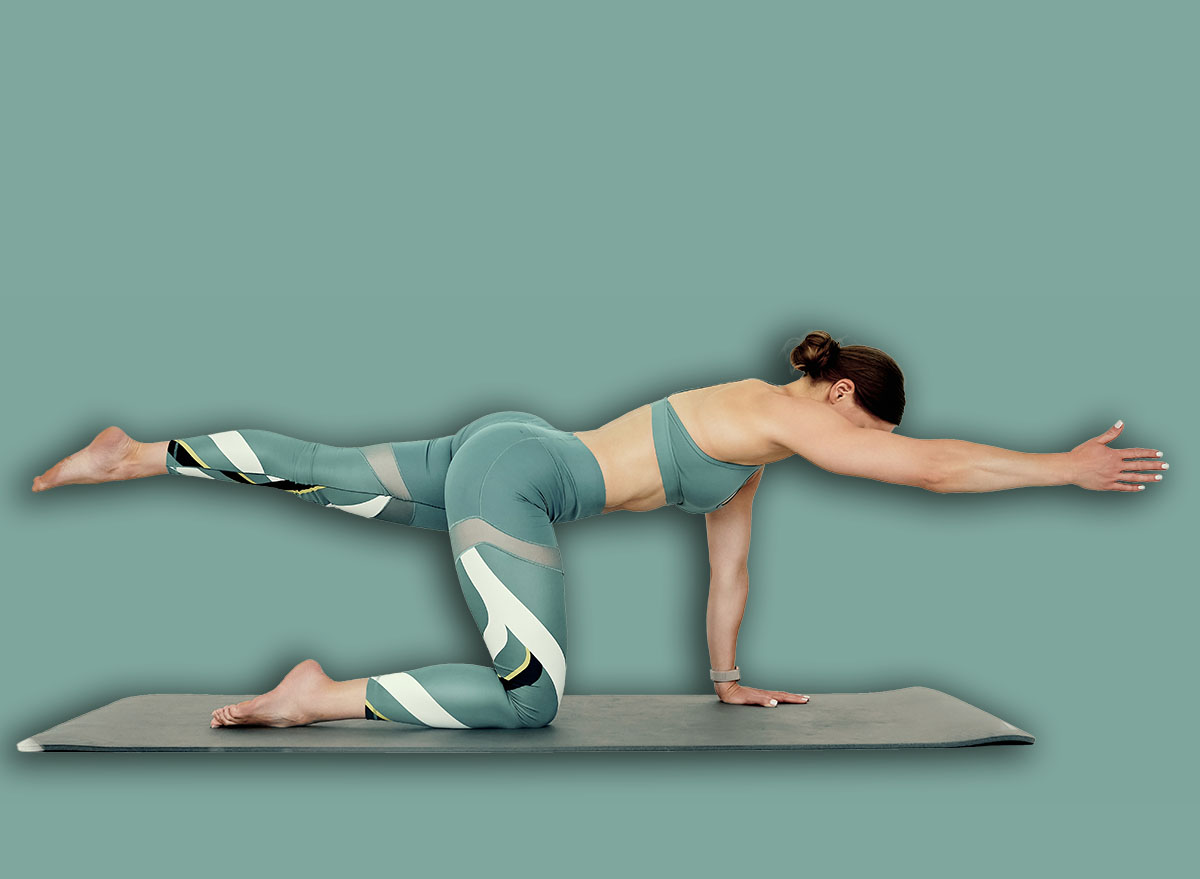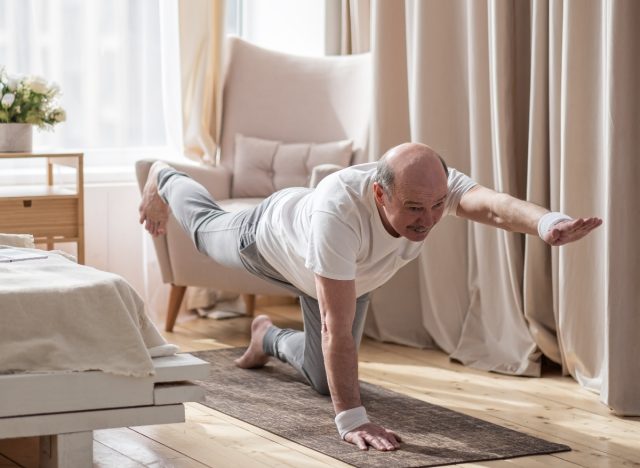Is 20 Minutes of Daily Movement Enough To Stay Fit After 50?

If you’re over 50 and not a fan of exercising, you may be wondering what to do. After all, you naturally lose lean muscle mass and bone density with age and have to stay in shape in order to maintain a good quality of life. We did the research to find out if 20 minutes of movement each day is enough to stay fit after 50.
Is 20 Minutes of Daily Movement Enough To Stay Fit After 50?

Everyone’s busy, but it’s easy enough to find 20 minutes in your day to stay in decent shape. But will just 20 minutes truly suffice?
“While 20 minutes per day is a good place to start, most fitness experts recommend 150 minutes of moderate-intensity activity per week,” says Eric North, aka The Happiness Warrior—a wellness speaker, coach, and advocate redefining what it means to age with purpose, strength, and emotional vitality. “This is about 30 minutes a day, five days a week. These can be split into smaller increments such as three short 10-minute walks after each meal which also boosts metabolism.”
Based on North’s information, any amount of exercise will benefit your body, but 20 minutes per day is just shy of the recommended guidelines, which also stress the importance of two days of strength training each week.
“Think of 20 minutes as your non-negotiable baseline—what keeps you in the game. Remember consistency becomes your real superpower,” notes Frances Egbert, dynamic stretch specialist from Life Time. “Commit to 20 minutes every day, and if you forget or something unexpected happens, remember you can always start again right where you are.”
With a structured 20-minute routine, Egbert says you can boost cardiovascular endurance for everyday tasks, functional strength, flexibility, and balance.
“You can maintain the strength to carry groceries, the endurance to play with grandchildren, the balance to prevent falls, and the flexibility to move comfortably—these are the markers that truly matter for quality of life,” Egbert adds.
How To Optimize a 20-Minute Workout

North recommends performing a combination of lightweight strength exercises, bodyweight training, and short cardio bursts like high-intensity interval training (HIIT) or brisk walking.
“Focus on compound movements like squats and rows, and include exercises that improve balance and core strength like bird dogs and lateral raises,” North says. “Keep rest periods short, under 15 seconds to maintain momentum.”
Even light exercise is more beneficial than doing none at all. It’s absolutely possible with a 20-minute daily routine to preserve or build endurance, balance, and flexibility. In fact, you’ll even notice great strides in strength—especially if you’re performing a high-intensity workout or are new to a fitness routine.
According to Egbert, a true game-changer to weave into your strength days is balance work.
“When you add balance challenges to strength exercises—like single-leg squats or split-stance presses—you’re training the way your body actually functions in real life while maximizing limited time,” Egbert explains. “Balance improvements can happen within weeks of consistent practice. When combined with strength work, you’re building both the muscle power and neurological coordination needed for real-world stability.”
Above all, be consistent.
“Consistency is the most crucial factor for success,” North tells us. “There’s no right or wrong when we are creating healthy daily habits.”
The Importance of Intensity vs. Duration in Aging Adults

For adults 50+, both duration and intensity are key factors of a solid workout regimen. That said, striking the perfect balance depends on personal goals and health.
“Aiming for at least 150 minutes of moderate-intensity aerobic activity or 75 minutes of vigorous-intensity activity per week is recommended, and these can be combined,” North says. “Including muscle-strengthening activities is crucial to combat age-related muscle loss and bone density. The best approach is to focus on controlled actions and greater intensity for maximum results.”
The bottom line?
“Twenty minutes daily can be powerful when used wisely—and combining balance work with strength training maximizes that time brilliantly,” notes Egbert. “The investment is minimal, equipment needs are practically zero, and the returns are extraordinary. You’re building a resilient body that can handle whatever life presents while maintaining the independence and confidence to fully engage with life well into your later decades.”